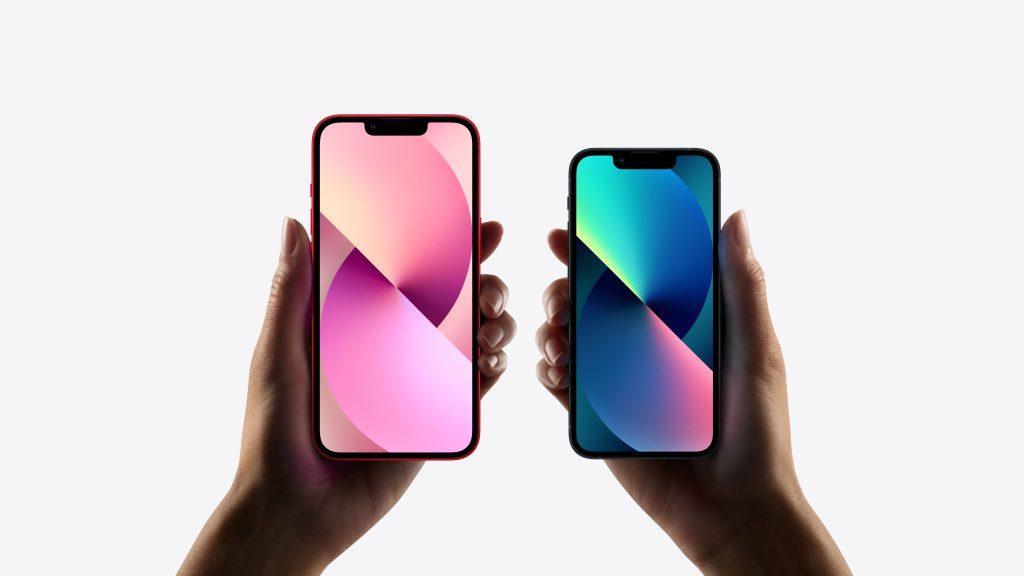Often, when attempting to save a small image, it will degrade in clarity and sharpness. Even if an image appears very small on the website, using inspect element to save it will keep it at its original size and quality. This is a cool feature, so do not be scared to check out something a bit more advanced!
Table of Contents
Techniques toInspect element
Let us start by explaining the puzzle. What exactly does the inspect element do? Think about a web page. Whatever you see at first glance is actually a collection of text, along with photos and videos. However, they are made up of coding languages like HTML, CSS, Flash, and JavaScript. The inspect element is a versatile tool that enables users to interact with these codes, to put it briefly.
This inspection option is available in developer settings in nearly all browsers. We would choose the Safari and Google Chrome browsers independently in this case. Without wasting any more time, let us start reading the article.
Check also: Universal Remote Control Apps For iPhone
How Can I Check Inspect Element On My Phone?
There are many ways to examine phone components. This tool can significantly improve a website’s functionality. Various Methods for Checking Elements on iPhone Devices. We will determine how to investigate this choice on a phone in this section. The following are a few techniques for doing this:
- Utilizing iPhones with Browser Stack
- Inspect elements on a real device with the Safari developer tools
- Utilize the Web Inspector functionality to debug
- Adobe Edge Inspect
Utilizing iPhones with Browser Stack
Web developers may rapidly test their web apps for cross-browser compatibility across a variety of devices using the cloud-based platform Browser Stack. Developers or QAs can rapidly run manual tests on actual mobile and desktop devices thanks to their real device cloud. QAs can also leverage its Cloud Selenium Grid for automated cross-browser testing on numerous actual devices while conducting thorough testing.
During live testing, developers also have immediate access to Dev tools on both the Android and iOS platforms. As a result, developers can quickly test websites on a number of iOS devices, including the iPhone X, iPhone, iPhone 11 Pro, and many other prior models, on the appropriate browsers, eliminating their testing pain points.
Three easy methods can be used to investigate an element on an iPhone:
- Free Registration for Browser Stack Live
- Choose the iPhone model you want to check out.
- In order to begin inspecting, click Dev Tools.
It becomes considerably simpler for web developers to check individual features on any iPhone since they have direct access to the DevTools in the dashboard. Developers can swap between different device-browser-OS combinations at any time and have access to a variety of real mobile devices. This guarantees that web developers or QAs can efficiently identify and resolve any rendering problems.
Using the Safari Developer Tools to inspect elements
Using the inspect elements functionality in the desktop Safari browser is the most practical approach to inspect items on iOS devices. This approach was created by Apple, as you would have guessed, and since Apple created it for their browser, they do not offer choices for utilizing Android or any other OS. Three items are required to analyze elements using the Safari developer tools: an iPhone or iPad, a Mac, and a USB cord.
The procedures for utilizing the Safari Developer tools to inspect elements on an iPhone are listed below.
- Utilize a USB cable to link your iPhone to your Mac computer.
- On your Mac, open the Safari browser and select the Advanced tab.
- Set the Web inspector’s color switch to green.
- Go to Preferences > Advanced tab at this point.
- To make the Develop option display in the browser’s Options bar, now select the “Show Develop menu in menu bar” box.
- To make your device name visible in the list of devices, choose the Develop option after that.
- The list of open web pages on your iOS will appear when you hover over your iPhone. Next, choose the list item representing the webpage you want to analyze.
Utilize the Web Inspector functionality to debug
Developers and testers can debug their web pages from their mobile devices using Apple’s web inspector functionality. It might be challenging to debug problems with mobile websites at times. Nevertheless, starting with iOS 6, Apple offers a web inspector that makes debugging web pages on iPhones and iPads considerably simpler. To utilize it, adhere to these instructions:
- To the computer, connect the iOS device.
- Turn on the Web-Inspector setting. to get started.
- Choose Settings > Safari Scroll to the bottom of the page. Get the Advanced Menu.
- Activate Web Inspector
- Open the desired web page on your mobile Safari browser to debug or preview it. Once finished, switch on the Mac device’s Develop menu.
Follow these steps to enable the Develop menu:
- Open the Safari web browser.
- Select Safari from the top menu. Navigate to Preferences > Advanced.
- To activate it, check the option next to “Show Develop menu” in the menu bar.
Employing Adobe Edge Inspect
A tool created by Adobe in 2011 under the name Adobe Shadow has since been changed to Adobe Edge Inspect. The Adobe Edge package included Adobe Edge Inspect, which had the ability to inspect items across several devices. Due to its lack of a requirement for macOS-running devices, Adobe Edge Inspect solves the issues with our earlier approach. Additionally, it works with both Windows and macOS. If you do not own a Mac, you can utilize the Adobe Edge Inspect Tool to look at iPhone elements.
Adobe Edge Inspect also supports synchronized browsing. When you access the website on one device, it will automatically open on all the others because it will have been synced. Through Wi-Fi, the gadgets are connected to one another.
The steps for utilizing Adobe Edge Inspect to inspect elements on an iPhone are listed below:
- Install Adobe Edge Inspect on your PC, and then link your iPhone and PC together through the same Wi-Fi network.
- Use a USB cord to connect your iPhone to your Mac, and then start the PC program.
- Now, the software will show your iPhone name.
- Next, launch a website in your browser and observe how your connected iPhone will also launch the website.
- Choose the debugger icon (>) next to the connected devices.
- Developer tools will then launch, giving you access to the iPhone’s components for inspection.
Conclusion
A webpage has a number of background components that need to be updated in order for it to seem presentable. You can employ many techniques to inspect these aspects using iPhone devices. These elements are examined so that programmers can change them or research them to learn more about how the webpage operates.

Virat Raj is a Digital Marketing Practitioner & International Keynote Speaker currently living a digital nomad lifestyle. During his more than 10 years-long expertise in digital marketing, Virat Raj has been a marketing consultant, trainer, speaker, and author of “Learn Everyday yourself: In Pursuit of Learning” which has sold over 10,000 copies, worldwide.

